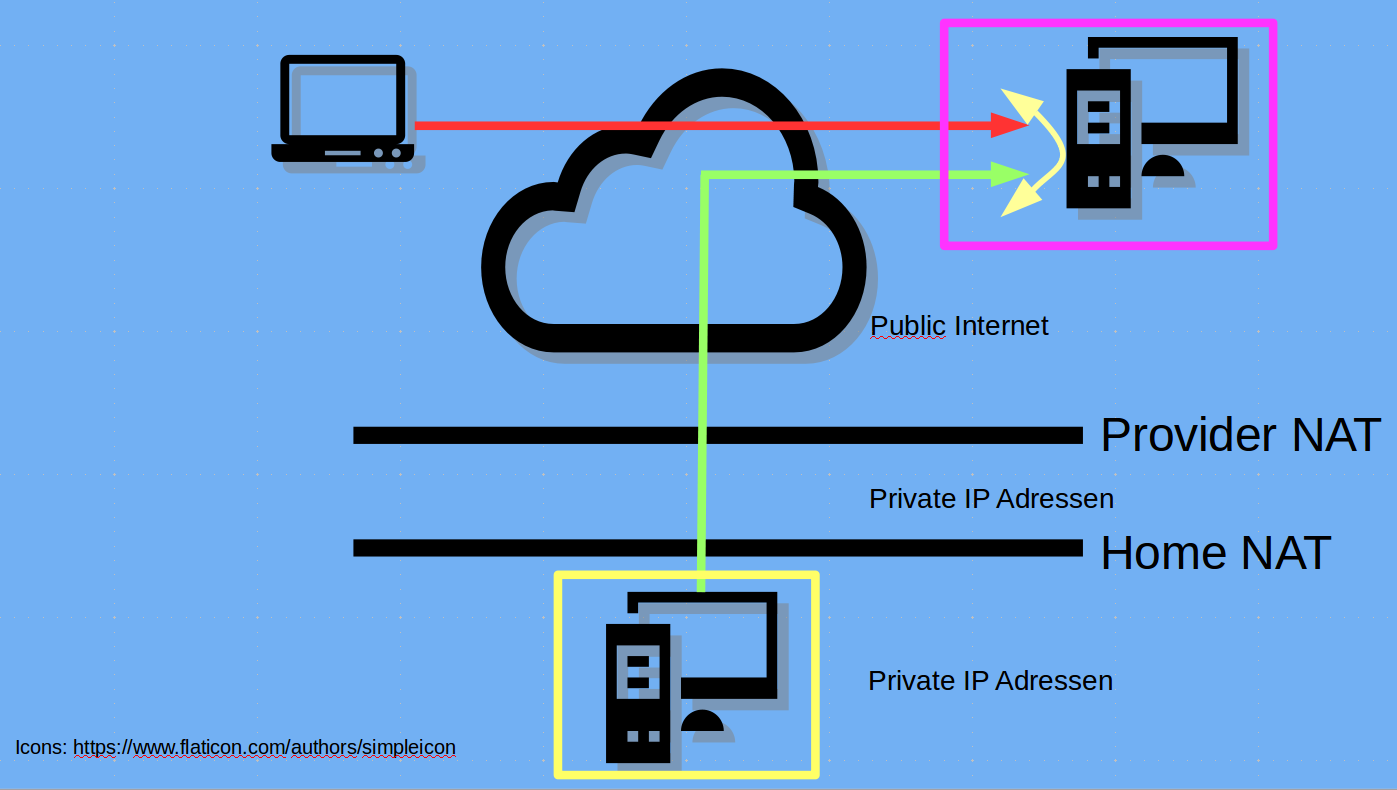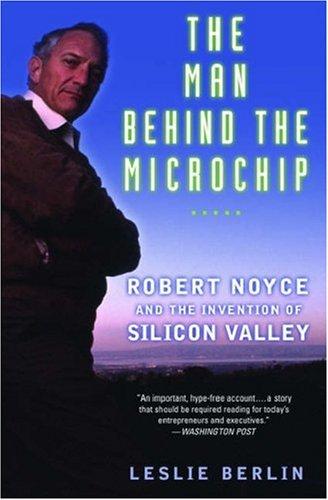 Once upon a time the Internet was bidirectional and everyone could run a server at their end. Unfortunately, these days are long gone and many ISPs today, especially cable providers, do not assign a public IPv4 address to their customers. Not even when you ask them nicely. Not even for money, unless you are a business customer who is willing to pay through the nose for the privilege. Fortunately, there is a way to run servers at home and make them accessible to the outside world and an easy one at that. The following text and shell commands are from a talk I gave at GPN19 (in German).
Once upon a time the Internet was bidirectional and everyone could run a server at their end. Unfortunately, these days are long gone and many ISPs today, especially cable providers, do not assign a public IPv4 address to their customers. Not even when you ask them nicely. Not even for money, unless you are a business customer who is willing to pay through the nose for the privilege. Fortunately, there is a way to run servers at home and make them accessible to the outside world and an easy one at that. The following text and shell commands are from a talk I gave at GPN19 (in German).
Continue reading How To Run A Server At Home Without An IPv4 Address
